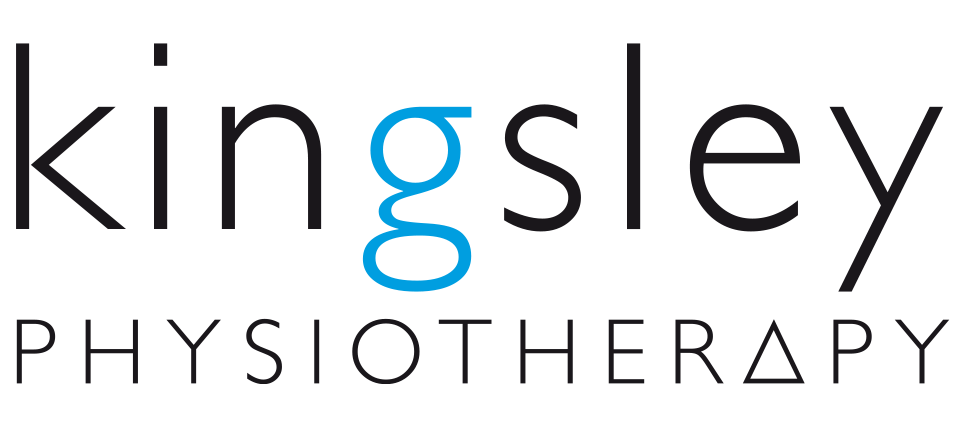Sacroiliac Joint Dysfunction
Presentation
- Females >> Males (aged 45 to 65)
- Nulliparous or exclusively c-sectioned women are far less frequently affected.
- Consider in patients with S1 radicular symptoms or persistent gluteal pain without convincing lumbar evidence of impingement on imaging.
- Consider in patients with a history of failed medical or manual treatments.
- Consider in patients with lumbar fusions (Surgical or anatomical partic L5/S1).
- Consider in both genders with significant leg length discrepancy or history of significant pelvic trauma (eg MBA).
- Patients may give a poor history or a vague summary of their symptoms.
- Over-diagnosed by physiotherapists and underdiagnosed by doctors.
Clinical findings
- Tenderness over the SI margin – this alone does NOT confirm the diagnosis.
- Gluteal, PSIS or lumbar pain with prolonged sit or stand.
- Chronic, unilateral/asymmetrical lumbar or gluteal pain
- Usually no causative event although chronic lumbar pain from other sources may precede the onset of SI joint pain.
- Tenderness around the PSIS and medial iliac crest (medial gluteal tendonoses)
- Patients will have a preferred side upon which they sit or stand.
- Obesity – SI dysfunction in the absence of obesity is rare.
- Imaging, including bone scan, rarely reveals SI issues (not so in sacroilitis)
- Poor response to oral SAIDs or NSAIDs.
- Short term relief with gluteal stretching or gluteal massage.
|
The only definitive diagnosis is obtained by local anaesthetic injection into the joint. The addition of steroid rarely improves outcomes. If concerns for bilateral SI dysfunction exist, each side should be injected at least one week apart. |
Diagnosis
- Asymmetrical iliac movement with lumbar flexion or extension is suggestive but not clinically sensitive enough to diagnose SIJ dysfunction and such asymmetry in movement is extraordinarily hard to assess in obese patients.
- Sacroiliac compression test, Sacroiliac distraction test, thigh thrust test, sacral thrust test and Gaenslen’s test are quick tests. Pain reproduction on 3 or more of these is highly diagnostic for SI joint dysfunction.
Differential diagnoses
- Piriformis syndrome
- S1 radiculopathy
- Medial gluteal tendonoses
- Pelvic congestion syndrome/pelvic vein incompetence (pelvic CT venogram)
- L5/S1 facet arthroapathy
- L5/S1 spondylosis
- Ankylosing spondylitis (other inflammatory arthropathies)
Physiotherapy treatment
Physiotherapy intervention is most effective in early presentations of SI dysfunction (where symptoms have been present for less than 3 months). Beyond this time physiotherapy treatment is likely to be prohibitively expensive (in excess of 6 treatments) and the rehabilitation required has an extraordinary low compliance rate.
Physiotherapists are often the first to diagnose SIJ dysfunction (and frequently over-diagnose it). Treatment may include:
- Release of proximal gluteal musculature. Usually done very poorly by physiotherapists resulting in painful treatments that leave the patient feeling bruised. Such treatment is fundamental to recovery and should be painless.
- Lumbar and sacroiliac joint mobilisations.
- Appropriate sacroiliac brace fitting
- Core strengthening and pelvic floor exercises have some weak evidence behind them (remember compliance is poor and it is usually unreasonable to expect third-party insurers to fund this type of rehabilitation.
|
Be wary of the therapist who advocates expensive rehabilitation programmes. The evidence to support efficacy is poor and patient compliances is poorer. |
Medical Treatment
- SI joint steroid injection –request that long-acting local anaesthetic be used in combination with long-acting steroid (eg Depo-medrol)
|
It is VITAL that patients keep an hour-by-hour ‘pain-diary’ following this procedure. Only short-term relief (hours or days) is expected. The aim is to diagnose the pathology and justify rhizotomy. The patient must be prepared for this eventuality. |
- SI joint rhizotomy – This is a difficult procedure (compared to facet rhizotomies) and is best followed up (4 to 5 weeks later) with steroid injection to the medial gluteal tendons/medial iliac rim and gluteal release. Remember, chronic SIJ dysfunction frequently has gluteal tendonopathic pathology (medial and lateral tendons) +/- trochanteric bursitis. Hence rhizotomy alone is unlikely to provide full resolution of symptoms.
Prolotherapy treatments
- Of the several prolotherapy options available Platelet Rich Plasma shows the most promise for CONFIRMED SIJ dysfunction. Two injections are required, 2 weeks apart ($160 per injection). Results take 8 to 12 weeks.
Surgical treatments
SI joint fusion is successful but rarely performed – complex high-risk surgery.
|
Take home message |
- Over-diagnosed by physiotherapists and under-diagnosed by doctors.
- Physiotherapy is helpful to treat concomitant sources of lumbar pain
- Local anaesthetic (+/- steroid) is the gold standard for diagnosis – will provide short term relief only.
- An accurate pain-diary following SI steroid/LA injection is vital.
- Imaging is a poor diagnostic indicator.
- Extremely rare in males and nulliparous women.
- Work with a pain physician to coordinate rhizotomy and follow up injections and physiotherapy. Quality after-care is essential to achieve full recovery.
- Consider this diagnosis in mothers with persistent lumbar pain and benign imaging.
- Treat early presentations (less than 6 weeks) aggressively. Oral corticosteroids and physiotherapy together often work extremely well in this period





